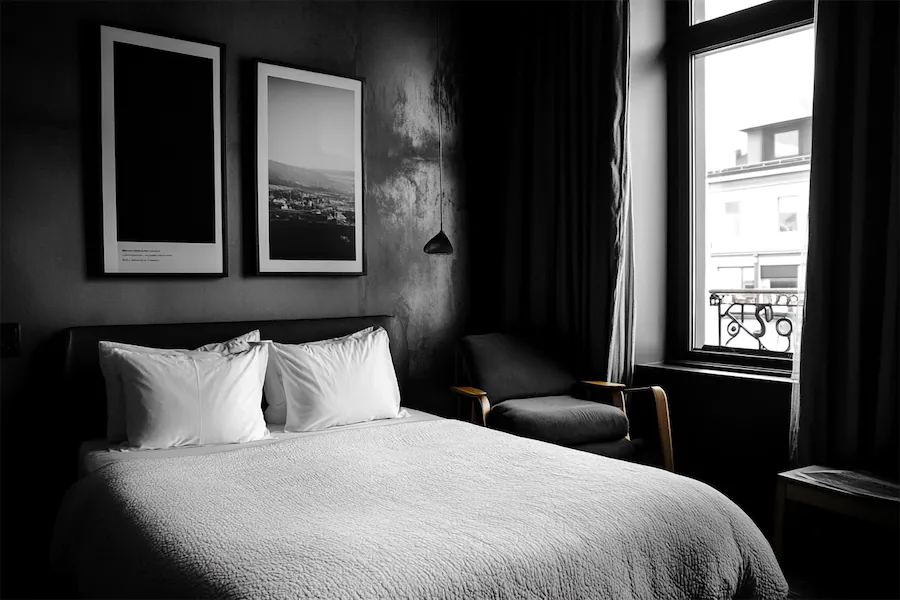A monochrome bedroom design employs variations of a single color to create a cohesive and harmonious space. This approach emphasizes simplicity and elegance, allowing for a serene and uncluttered environment.
Introduction to Monochrome Bedrooms
Monochrome bedrooms focus on a single color palette, utilizing different shades, tints, and tones to add depth and interest. This design strategy can be applied to various styles, from minimalist to traditional, offering versatility and timeless appeal.
History and Origins of Monochrome Bedrooms
The monochromatic design approach has roots in early 20th-century modernism, where simplicity and functionality were paramount. Designers and artists began exploring the impact of a single color scheme to create unified and aesthetically pleasing spaces. Over time, this concept has been adapted across various design movements, maintaining its relevance and appeal.
Key Features of Monochrome Bedrooms
- Single Color Palette: Select a base color and incorporate its various shades and tones throughout the room to establish a cohesive look.
- Texture Variation: Introduce different textures, such as matte and glossy finishes, fabrics, and materials, to add depth and prevent the space from appearing flat.
- Accent Pieces: Incorporate decor items that align with the chosen color scheme, such as artwork, bedding, and accessories, to enhance the monochromatic theme.
- Lighting: Utilize appropriate lighting to highlight the nuances of the color palette and create a warm and inviting atmosphere.
- Balance and Harmony: Ensure that the room maintains a balanced distribution of the chosen color to create a harmonious and visually appealing space.
Applications of Monochrome Bedroom Design
- Modern Interiors: A monochrome scheme complements modern design elements, emphasizing clean lines and minimalistic decor.
- Small Spaces: Utilizing a single color can make a small bedroom appear larger and more cohesive.
- Thematic Designs: Monochrome palettes can be tailored to specific themes, such as a serene all-white retreat or a dramatic black-and-white contrast.
Considerations When Designing a Monochrome Bedroom
- Avoid Monotony: Incorporate varying textures and patterns to prevent the space from feeling monotonous.
- Accent Colors: While maintaining the monochrome theme, subtle accent colors can be introduced to add interest and break uniformity.
- Personal Style: Ensure that the chosen color reflects personal preferences and contributes to a comfortable and inviting atmosphere.
Conclusion
A monochrome bedroom design offers a sophisticated and cohesive aesthetic by focusing on variations of a single color. Through thoughtful incorporation of textures, lighting, and decor, this design approach can create a serene and harmonious retreat that reflects personal style and timeless elegance.
